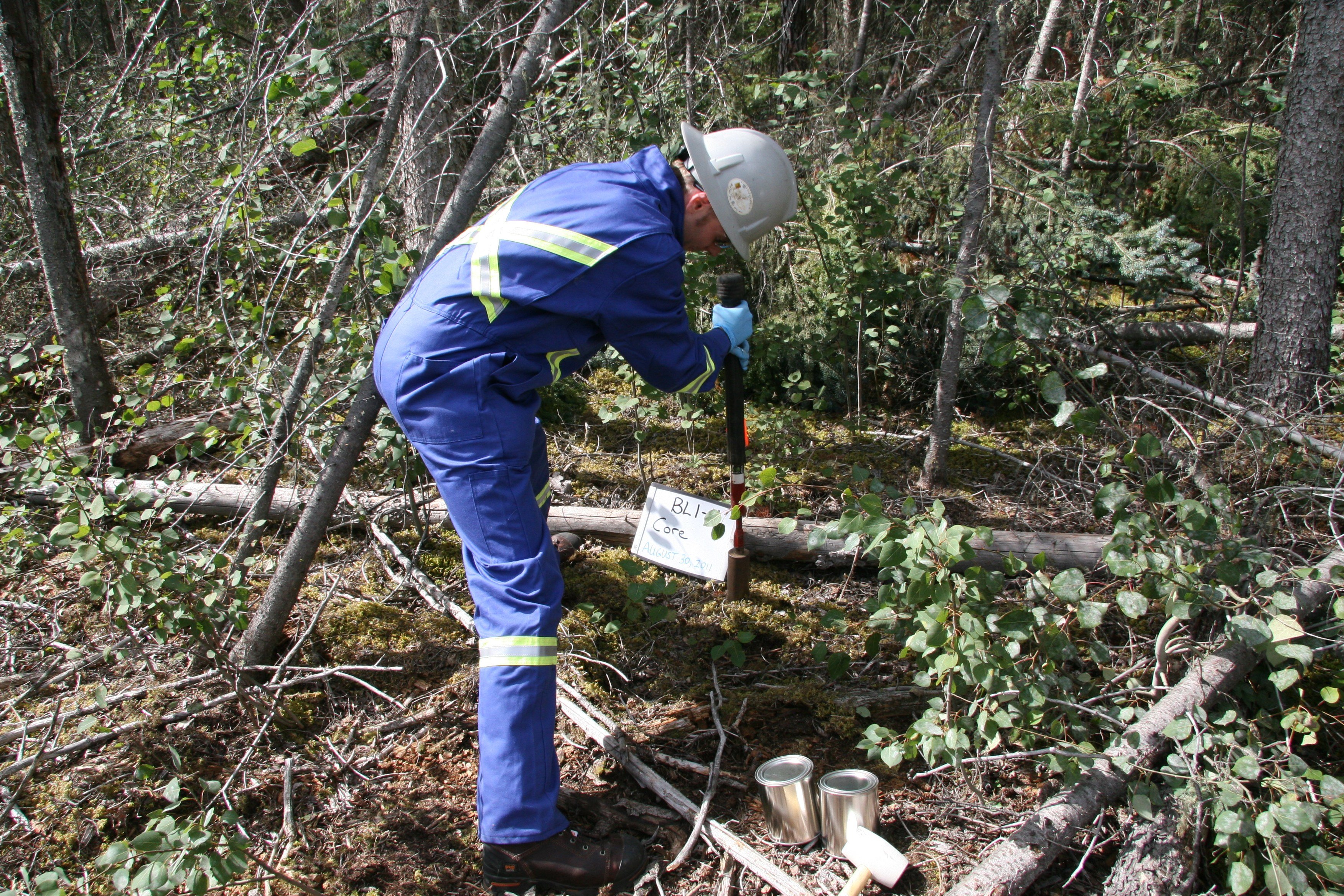The training seminar presentation on Forensics Laboratory Analysis and Process which was delivered at Life of a Fire Investigator seminar being hosted by the Fire Investigation Association of Alberta (FIAA) went very well. It was nice to meet those involved in FIAA and have the opportunity to talk with them. I thought I should finish my rant on cans and if any old can will do for forensic arson sample collection.
Answer: Still no.
What is the big deal about the containers?
The cans we use to collect samples cannot have any compounds that are being looked for in the detection of ignitable liquid residues (ILRs). ILRs are hydrocarbons, light compounds made during petroleum processes. Guess what they use when making cans? Grease of sorts and other potential drips from machinery. What are those made from? Petroleum hydrocarbons. This is absolutely why all cans used for evidence should be heat treated prior to use for legal forensic sample collection and storage.
Lined cans?
As mentioned in the previous post, epoxy resins are used to line the cans to prevent corrosion. Using these cans complicates the issue even more as the liners and applying the liners involves potential chemicals that are similar to hydrocarbons that are detected during ILR analysis. The quality assurance for lined can production does not include ensuring that no hydrocarbon related residue remains on the cans, since most cans are going to be used for paint - not arson evidence collection. Issues with lined cans has been noted previously by the International Association of Arson Investigators (IAAI).
Heat treated, why?
When analyzing for ILRs, the samples from arson investigations are heated in an oven at around 80 oC to get the ILRs to “jump" from the evidence that was collected to a place where the lab can ‘catch’ the ILRs for analysis. Heat treating the cans to a temperature above 80 oC essentially cleans off the surfaces of the can, getting rid of potential compounds that could interfere with the analysis. This essential purifies the surface of the cans so that no potential interferences for the analysis are present from the can manufacturing process.
There is a lot of effort in time and money put into arson evidence collection and analysis. Why risk potential issues by using any old can to collect your sample. I am a firm believer of using cans that have no liner (so they can be heat treated) and that have been heated to remove potential interferences in the analysis. This ensures that samples being collected are not thrown out of a legal proceeding due to cross contamination or potential interferences which are present from the can production process. Remember, these cans are being produced for the paint industry, not for forensic evidence collection. It is easy enough to use the proper containers to minimize these distractions so the real issue at hand can be addressed - presence/absence of ILR and type of ILR used in the arson.
Any old paint can won't due. Be diligent on all fronts, including the sampling containers. Please contact me if you have questions regarding sampling for arson investigations.


-1.png?width=859&name=Sample%20%231%20(2)-1.png)
.jpg?width=859&name=Archery%20photo%20(3).jpg)